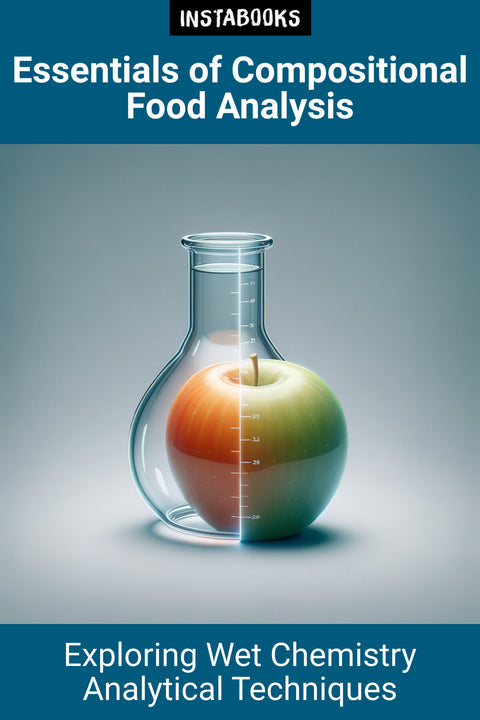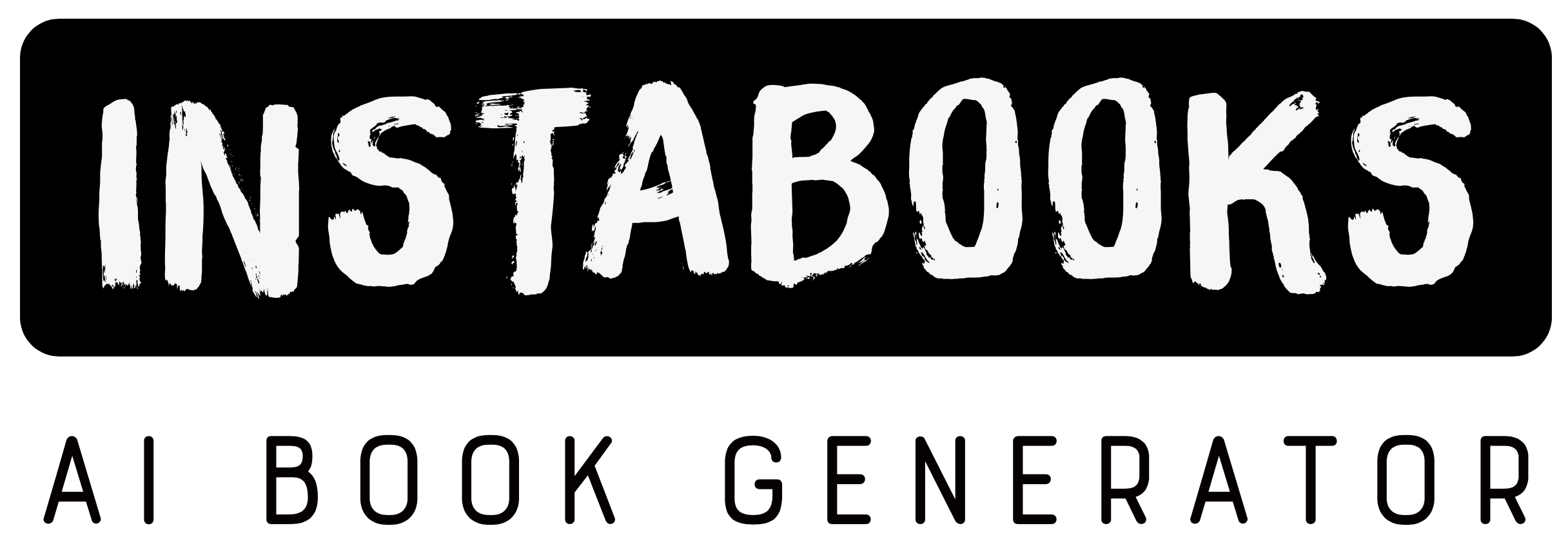
Essentials of Compositional Food Analysis
Exploring Wet Chemistry Analytical Techniques
Included:
✓ 200+ Page AI-Generated Book
✓ ePub eBook File — read on Kindle & Apple Books
✓ PDF Print File (Easy Printing)
✓ Word DOCX File (Easy Editing)
✓ Hi-Res Print-Ready Book Cover (No Logo Watermark)
✓ Full Commercial Use Rights — keep 100% of royalties
✓ Publish under your own Author Name
✓ Sell on Amazon KDP, IngramSpark, Lulu, Blurb & Gumroad to millions of readers worldwide
'Essentials of Compositional Food Analysis: Exploring Wet Chemistry Analytical Techniques' delves into the fundamental aspects of compositional food analysis, offering a comprehensive guide for both beginners and experts. It explores various wet chemistry techniques used in analyzing food composition, such as moisture content, protein estimation, lipid extraction, and more. This book highlights the importance of accurate food analysis in nutrition, food safety, and quality control.
Readers will gain insights into the methodology, practical applications, and challenges of wet chemistry in food analysis. Each chapter includes detailed explanations, real-world examples, and latest advancements in the field. This textbook is an invaluable resource for students, researchers, and professionals in food science and technology.
Table of Contents
1. Introduction to Compositional Food Analysis- Overview of Food Analysis
- Importance of Compositional Analysis
- Basic Principles of Wet Chemistry
2. Moisture Content Analysis
- Principles of Moisture Analysis
- Methods of Determining Moisture Content
- Applications in Food Analysis
3. Protein Estimation in Foods
- Overview of Protein Analysis
- Kjeldahl and Dumas Methods
- Application in Various Food Matrices
4. Lipid Extraction and Analysis
- Fundamentals of Lipid Analysis
- Extraction Methods
- Analyzing Fatty Acid Composition
5. Carbohydrate Analysis
- Understanding Carbohydrates in Food
- Quantitative and Qualitative Analysis
- Role in Food Quality and Safety
6. Vitamin and Mineral Determination
- Techniques for Vitamin Analysis
- Mineral Content Analysis
- Importance in Nutritional Labeling
7. Food Additives and Contaminants
- Identifying Food Additives
- Detection of Contaminants
- Regulatory Standards and Methods
8. Instrumental Techniques in Wet Chemistry
- Advanced Instrumentation
- Hyphenated Techniques
- Case Studies and Applications
9. Quality Control and Assurance
- Quality Control in Food Analysis
- Setting and Meeting Standards
- Case Studies in Quality Assurance
10. Challenges and Future Directions
- Current Challenges in Food Analysis
- Emerging Techniques
- Future Trends in Compositional Analysis
11. Practical Applications
- Real-World Applications
- Case Studies
- Innovative Approaches in Food Analysis
12. Conclusion and Further Reading
- Summarizing Key Concepts
- Recommended Further Reading
- Advancing in the Field of Food Analysis
